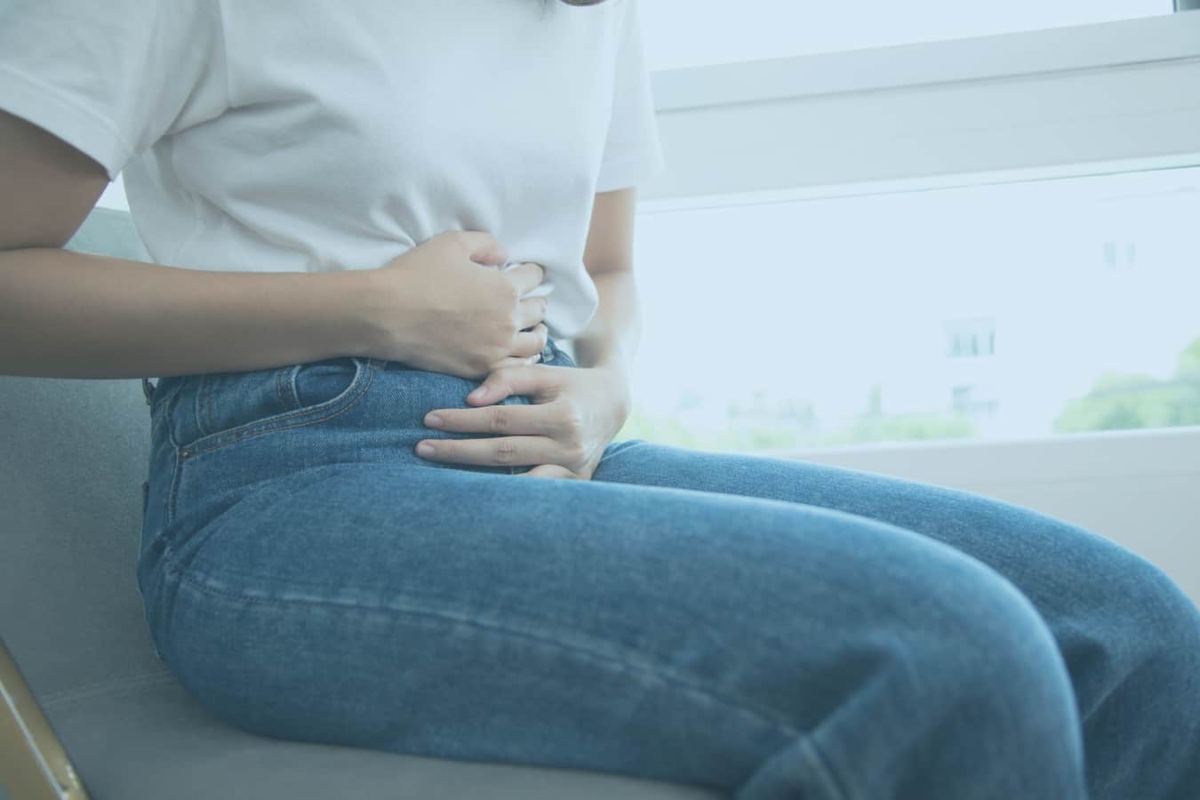Fertility
Ovarian Hyperstimulation Syndrome
Ovarian Hyperstimulation Syndrome, also known as OHSS, is a potentially serious complication of fertility treatment

What is Ovarian Hyperstimulation Syndrome?
OHSS occurs in about 1-3% of patients undergoing fertility treatment and is an over-response to the medications used to stimulate the growth of eggs in the ovaries.
When this occurs, the ovaries can become enlarged, releasing chemicals into the bloodstream that can cause fluid to leak from blood vessels into the space around your abdominal organs.
While rare, it remains a potentially very serious complication of treatment.
What are the Symptoms of OHSS
Some discomfort after your egg collection is normal, and can be managed with rest, paracetamol and a heat pack (only before your embryo transfer).
- Mild OHSS: associated with mild abdominal swelling, discomfort and nausea.
- Moderate OHSS: moderate abdominal swelling and pain, nausea and vomiting.
- Severe OHSS: significant abdominal swelling and pain, nausea and vomiting, reduced urine output, shortness of breath, blood clots, kidney damage.
Who gets OHSS?
Those most at risk of developing moderate and severe OHSS include:
Patients with polycystic ovaries (PCOS)
Patients with PCOS have a higher chance of experiencing OHSS. This is due to the high sensitivity of polycystic ovaries to COH (Controlled ovarian hyperstimulation), controlling COH in patients with PCOS is difficult which is why there is an increased risk of OHSS in patients with PCOS.
Patients with a raised AMH level
When the anti-mullerian hormone is raised it can affect your sensitivity to COH (Controlled ovarian stimulation) which is used in stimulated treatment cycles, but also raises the risk of OHSS occurring.
Patients <35 years of age
Patients under the age of 35 tend to have higher AMH, oestrogen and progesterone levels which increases the risks of developing OHSS when undergoing a stimulated treatment cycle.
Patients who have experienced OHSS before
If you’ve experienced OHSS before, you have a higher chance of experiencing it again. When doing a treatment cycle, it’s best to inform your Doctor of any OHSS history you may have so they can treat you accordingly.
Patients who develop a high number of follicles and/or a high oestrogen level
If you’re someone who naturally has a high number of follicles or produces more oestrogen than average, you have a higher chance of experiencing OHSS in response to controlled ovarian hyperstimulation (COH), which is used in stimulated treatment cycles.
Elective egg freezing
Patients who elect to have their eggs frozen for preservation purposes (especially <25 years of age) are more likely to experience OHSS as these patients tend to produce regular or even high levels of eostrogen and tend to have a high AMH level. See ‘Patients <35’ above.
How is OHSS Treated?
Most OHSS symptoms usually subside within a week to 10 days, however, pregnancy can prolong your recovery. Moderate and severe OHSS require medical intervention and management.
At the instruction of your Doctor, treatment for OHSS includes:
- drinking at least 3L fluid, including electrolyte replacement drinks, daily
- regular paracetamol (or codeine, if prescribed)
- anti-sickness medications
- intravenous fluids
- support stockings and heparin to prevent blood clots
- an abdominal drain (paracentesis)
How can OHSS be prevented?
Fertility North will carefully monitor your response to ovarian stimulation using regular blood tests and ultrasounds. If it appears that you are at risk of developing OHSS, the clinic may:
- Conduct regular in-clinic OHS checks for those patients at risk following egg collection
- Reduce your dose of hormone stimulation
- Change your trigger medication
- Postpone your fresh embryo transfer
- Cancel your cycle
These decisions are not made lightly and are done to minimise the risk of complications to your treatment and your health. Such alterations to your treatment plan will be discussed with you in detail if and when the situation arises.
